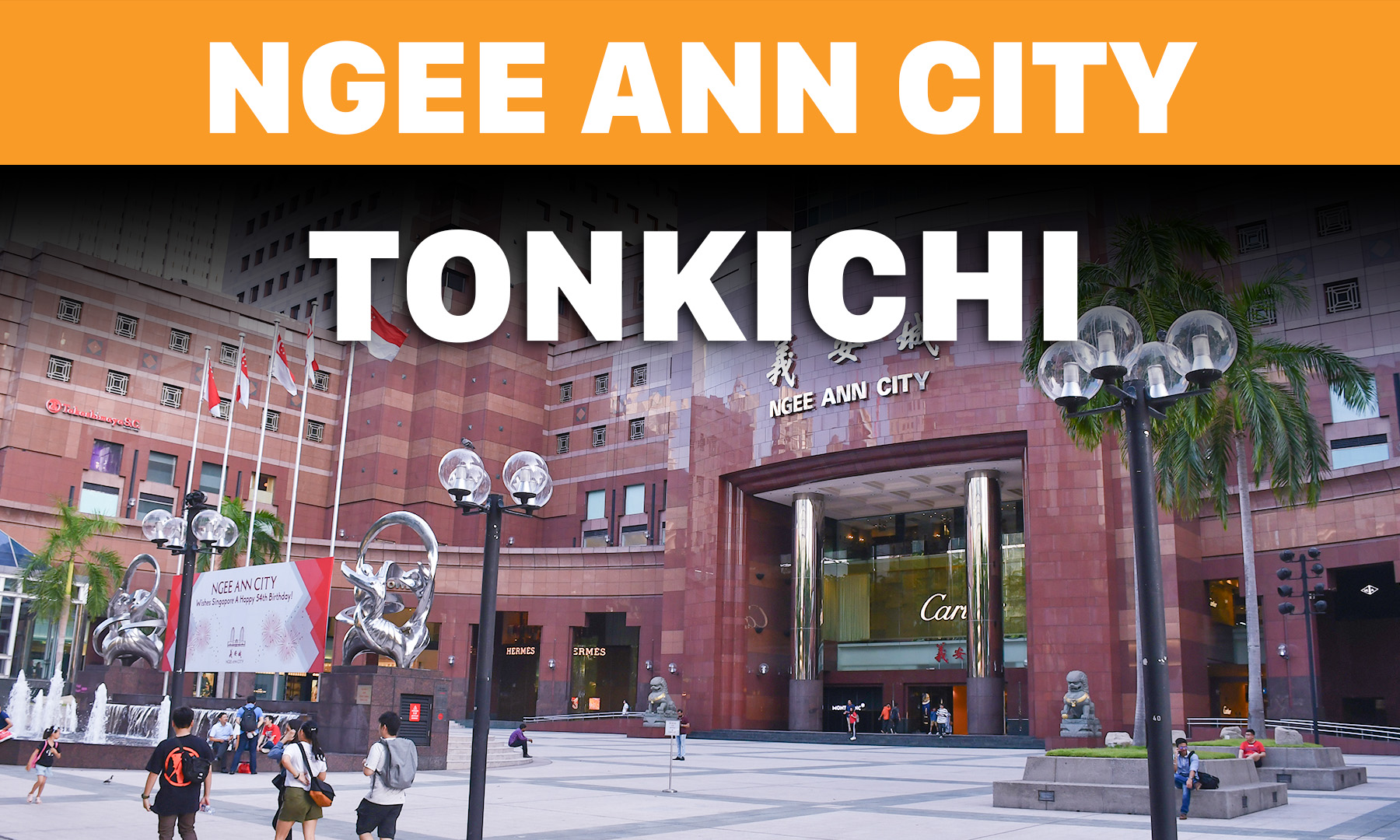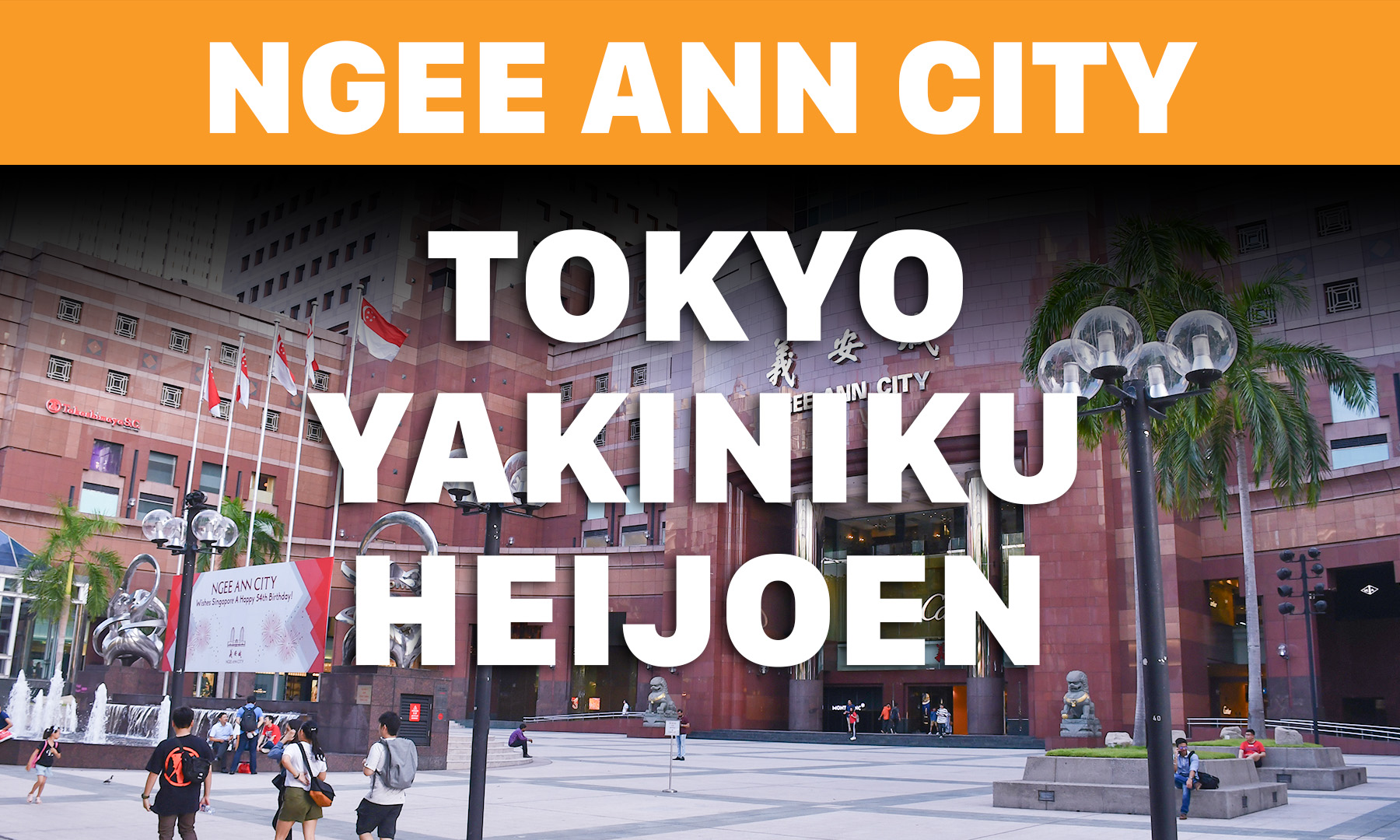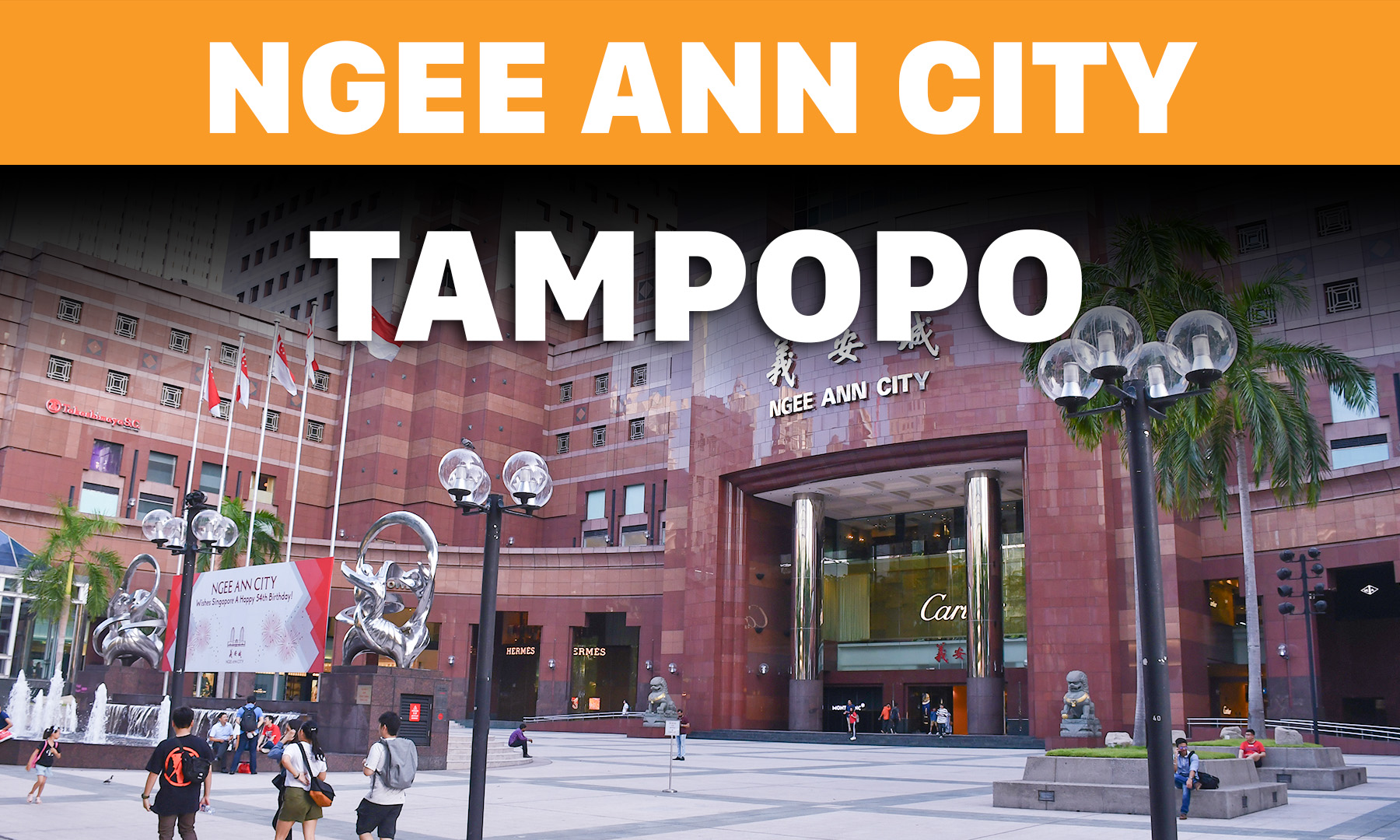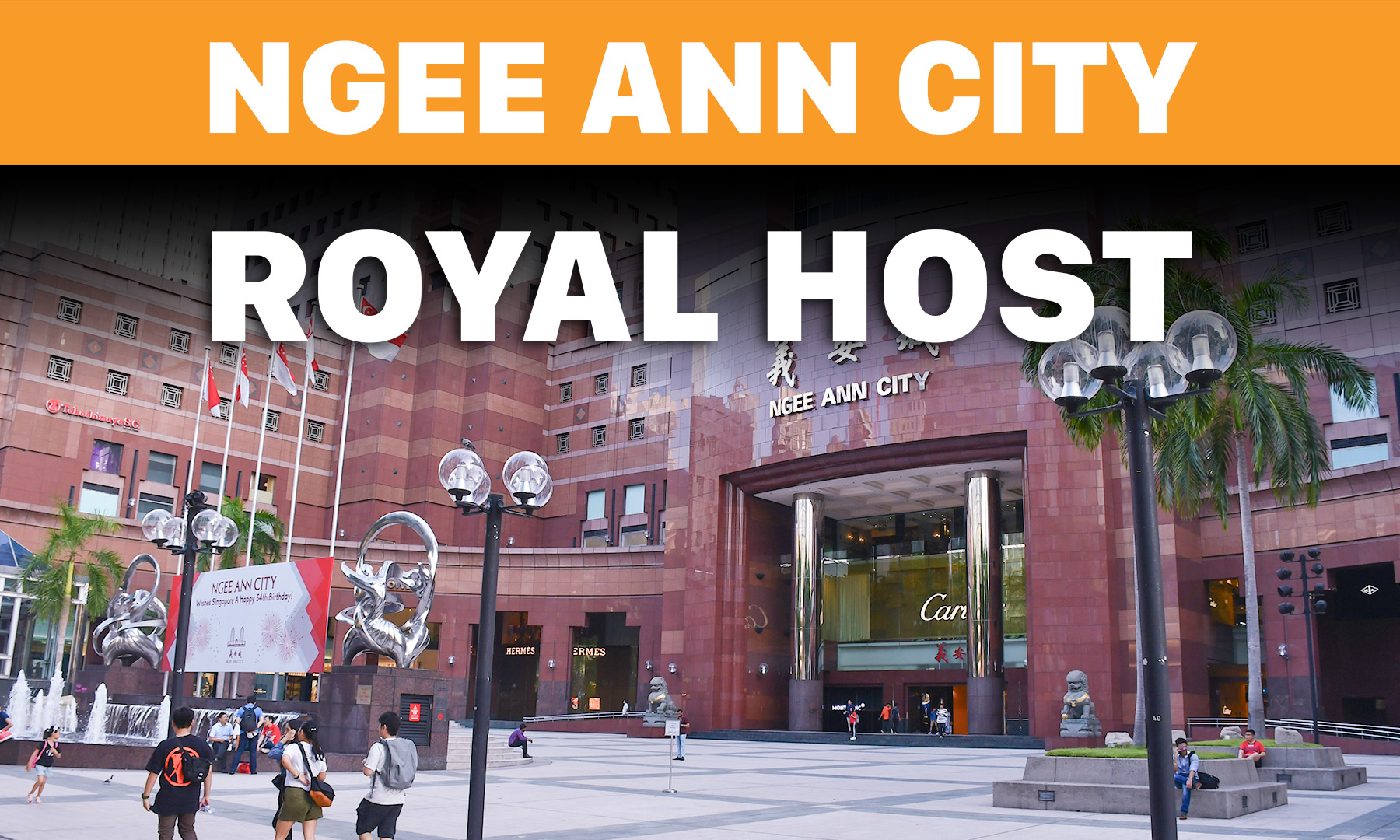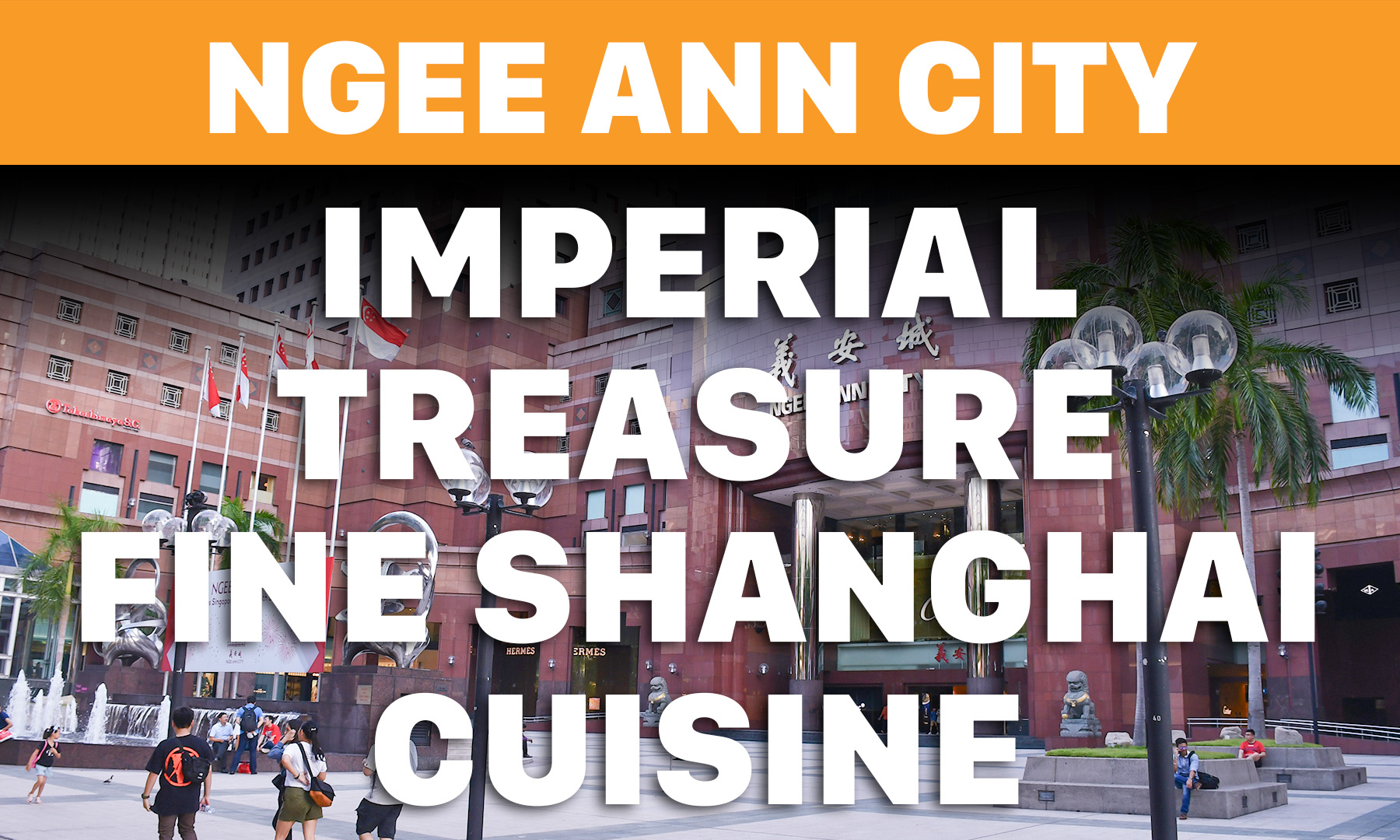An In-depth Exploration of Traditional Chinese Medicine's Ancient Healing Art


Introduction:
Traditional Chinese Medicine (TCM) has a rich history dating back thousands of years, and its healing practices continue to captivate and benefit millions of people worldwide. Rooted in ancient Chinese philosophy and holistic principles, TCM encompasses a diverse array of therapies and treatments aimed at restoring balance and harmony within the body. This article delves into the essence of TCM, exploring its core principles, diagnostic methods, and therapeutic modalities.
Holistic Approach and Core Principles:
At the heart of Traditional Chinese Medicine lies a holistic approach to health that views the body as an interconnected system influenced by various internal and external factors. TCM emphasizes the balance between Yin and Yang, two opposing but complementary forces in nature, as well as the flow of Qi (vital energy) through meridians or energy channels within the body. The maintenance of balance and the unobstructed flow of Qi are considered crucial for optimal health and wellbeing.
Diagnostic Methods:
TCM practitioners employ a comprehensive range of diagnostic methods to identify imbalances and assess the overall state of an individual's health. These include observing the patient's physical appearance, palpating the pulse, and examining the tongue, all of which provide valuable insights into the body's internal condition. By analyzing these indicators, TCM practitioners can develop a personalized treatment plan tailored to the patient's specific needs.
Therapeutic Modalities:
Traditional Chinese Medicine offers a diverse range of therapeutic modalities, each with its unique approach to healing. Acupuncture, one of the most recognized TCM practices, involves the insertion of thin needles into specific points along the body's meridians to regulate the flow of Qi. Acupressure, a non-invasive alternative to acupuncture, utilizes finger pressure on these points to achieve similar effects.
Herbal medicine plays a vital role in TCM, with a vast pharmacopoeia of natural substances used to restore balance and address specific health concerns. Herbal formulas are meticulously crafted to create synergistic effects, often combining multiple ingredients to target various aspects of an individual's condition.
Other TCM treatments include moxibustion, a technique where dried herb (usually mugwort) is burned near specific acupuncture points to stimulate Qi flow, as well as Tui Na (Chinese therapeutic massage), cupping therapy, and Qi Gong exercises. These modalities aim to enhance the body's innate healing abilities and restore balance to promote overall wellbeing.
TCM and Modern Medicine:
In recent years, the integration of Traditional Chinese Medicine with modern healthcare practices has gained recognition and popularity. Scientific studies and research have explored the efficacy of TCM in various areas, such as pain management, mental health, and chronic diseases. As a result, many healthcare systems around the world now offer complementary and alternative medicine options, including TCM, alongside conventional treatments.
Conclusion:
Traditional Chinese Medicine's ancient healing art provides a fascinating insight into a holistic approach to health and wellbeing. Its emphasis on balance, harmonious energy flow, and personalized treatments resonates with individuals seeking alternatives to conventional medicine. With its rich history, diverse therapies, and growing recognition, TCM continues to contribute to the global healthcare landscape, offering valuable insights and practices for improving the quality of life.
Disclaimer: Traditional Chinese Medicine should be practiced under the guidance of qualified and experienced professionals. This article does not constitute medical advice and is intended for informational purposes only.





















































































